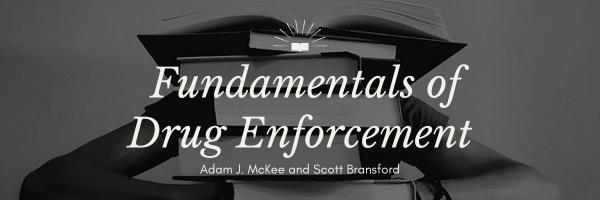Effective drug enforcement requires a wide range of specialized tactics designed to disrupt drug trafficking networks and prevent the spread of illegal substances. Section 5 focuses on the key strategies used by law enforcement agencies to investigate and combat drug-related crimes. Mastering these tactics is crucial for successful operations and ensuring the safety of both officers and the public.
We begin with Undercover Operations (Section 5.1), examining the high-risk work of officers who infiltrate drug organizations to gather critical intelligence. Following that, we explore Controlled Buys and Stings (Section 5.2), focusing on techniques where law enforcement creates opportunities to purchase or sell drugs in order to apprehend suspects and dismantle networks.
Drug Interdiction and Border Control (Section 5.3) highlights efforts to stop the flow of illegal substances at national borders, airports, and other key entry points. Next, we delve into Arrest and Search Procedures (Section 5.4), which provide guidelines on how to lawfully apprehend suspects and gather evidence during drug investigations.
Finally, we discuss Agency Collaboration (Section 5.5), emphasizing the importance of coordination between local, state, federal, and international agencies to combat drug trafficking more effectively. These collaborative efforts are critical to the success of drug enforcement on a larger scale.
Modification History File Created: 10/08/2024 Last Modified: 10/11/2024
You are welcome to print a copy of pages from this Open Educational Resource (OER) book for your personal use. Please note that mass distribution, commercial use, or the creation of altered versions of the content for distribution are strictly prohibited. This permission is intended to support your individual learning needs while maintaining the integrity of the material.
This work is licensed under an Open Educational Resource-Quality Master Source (OER-QMS) License.
